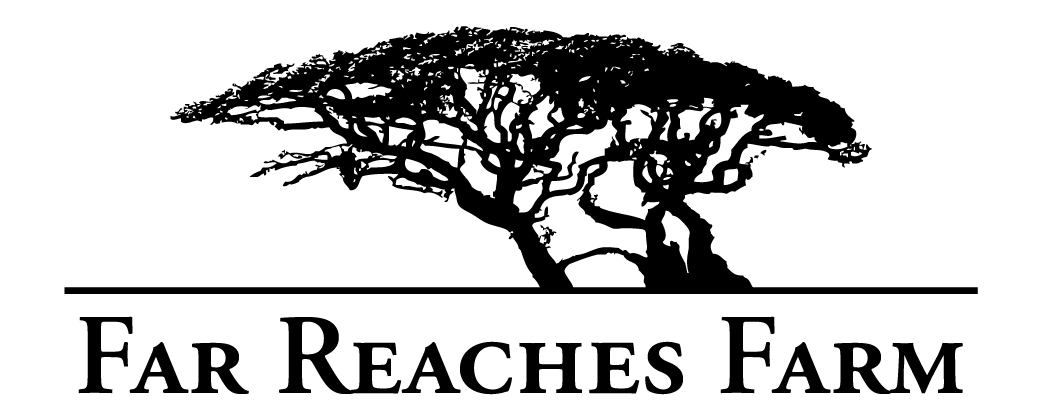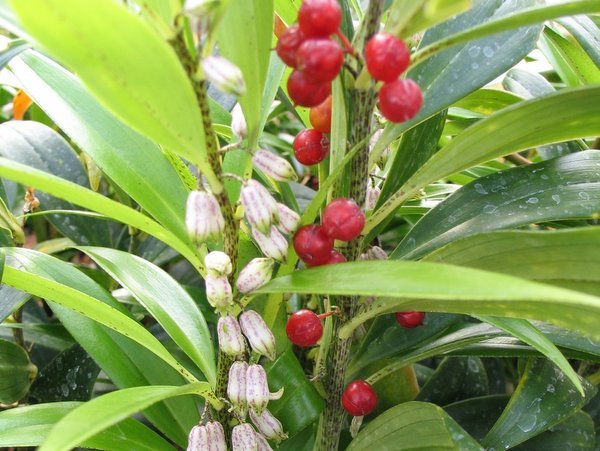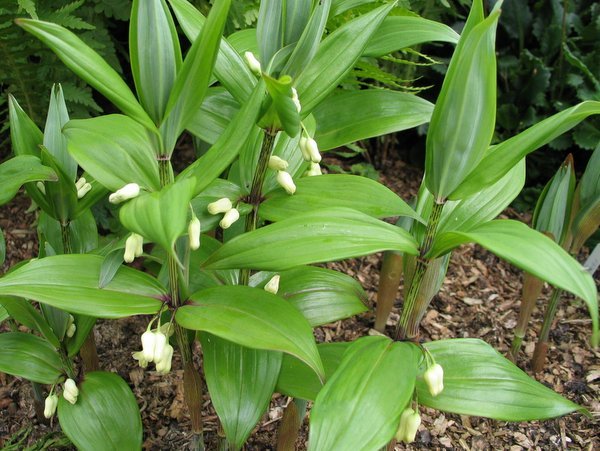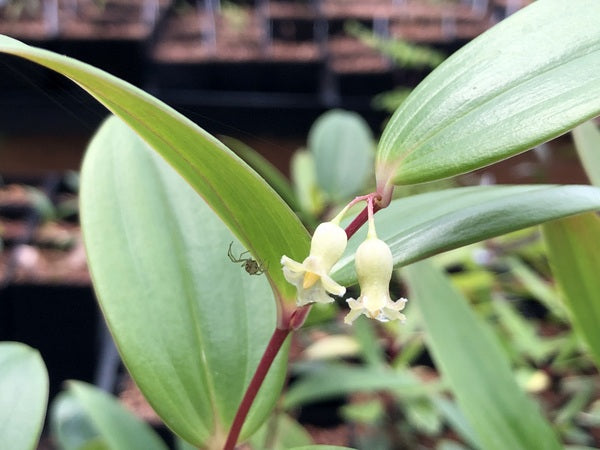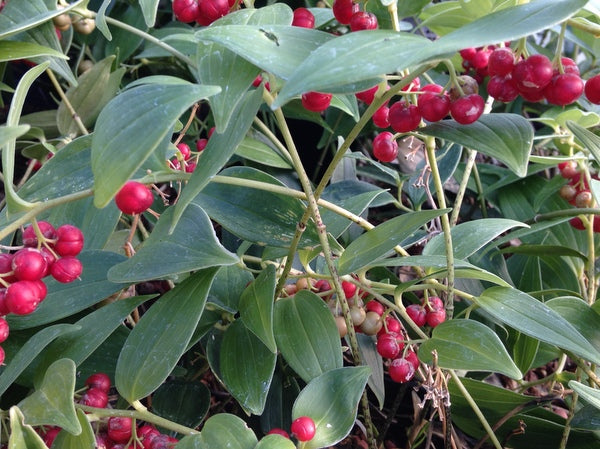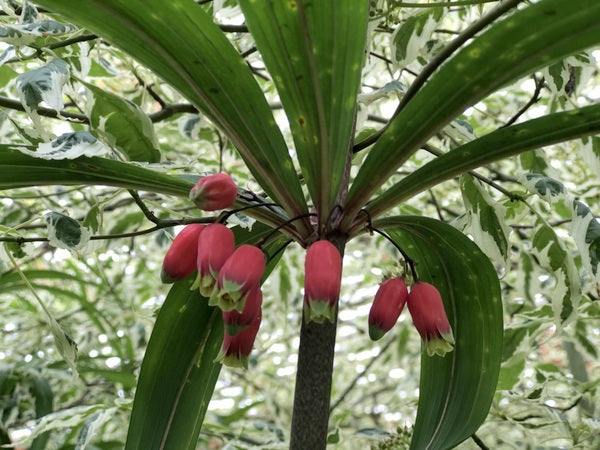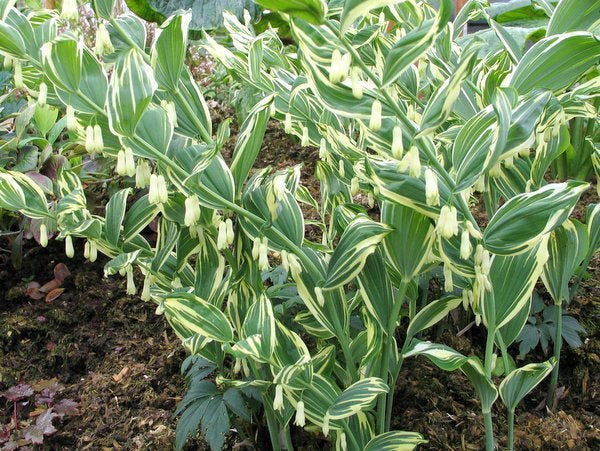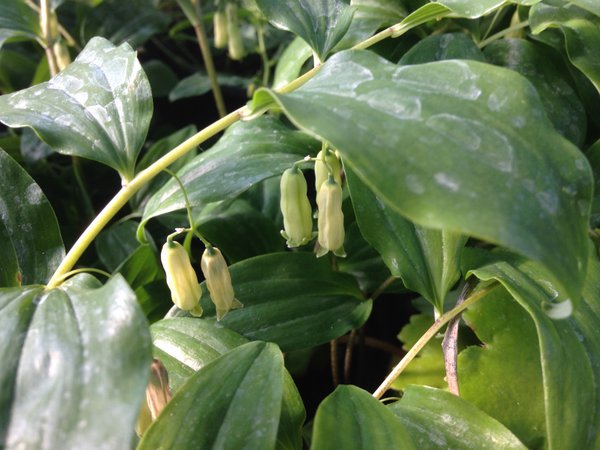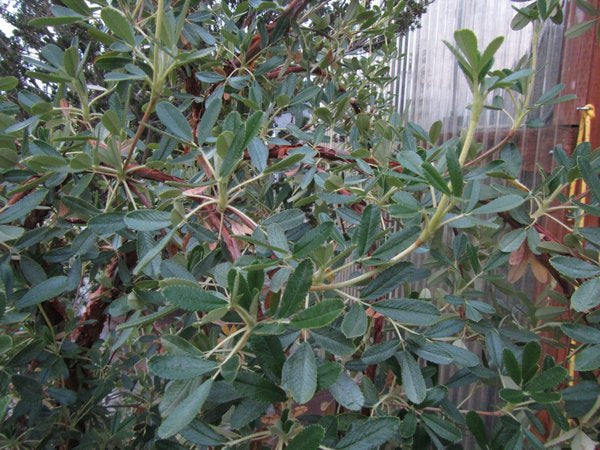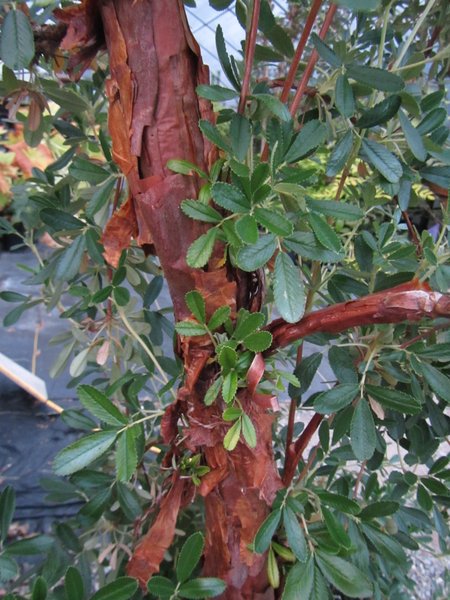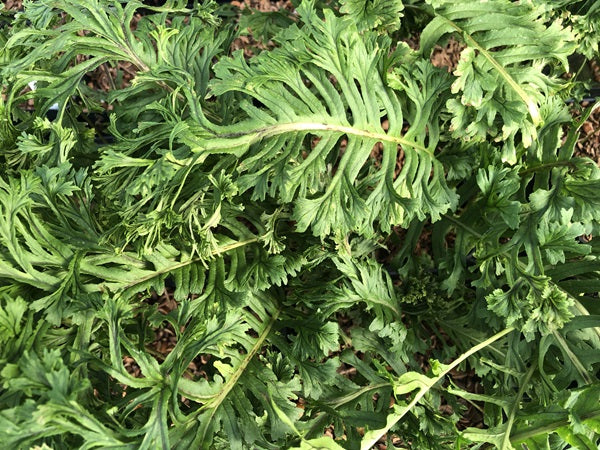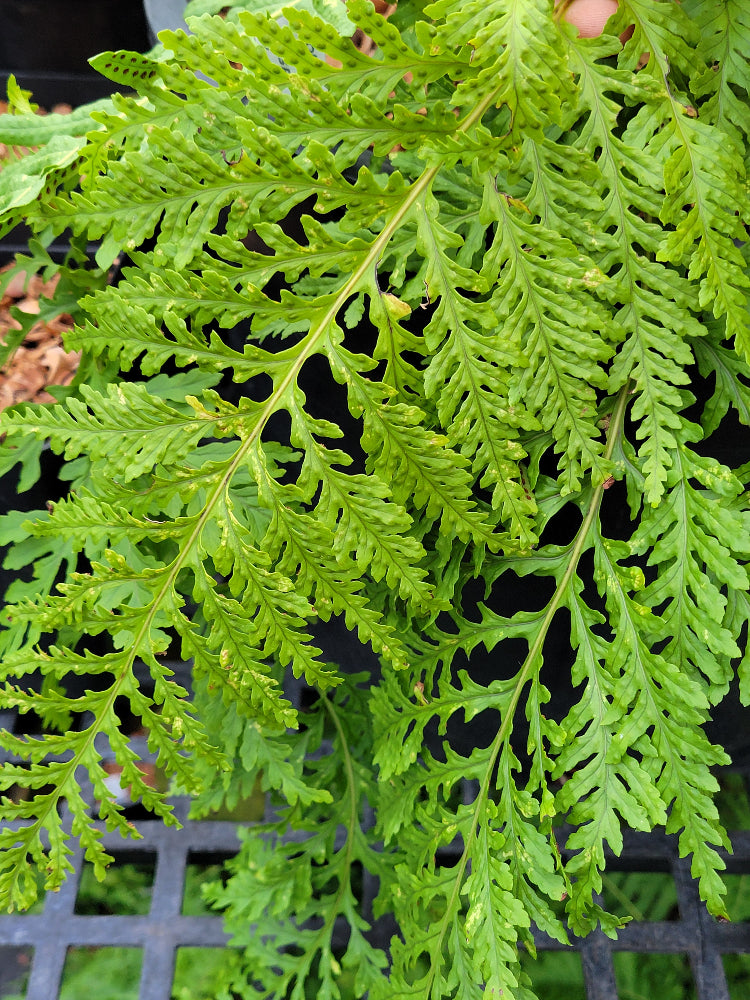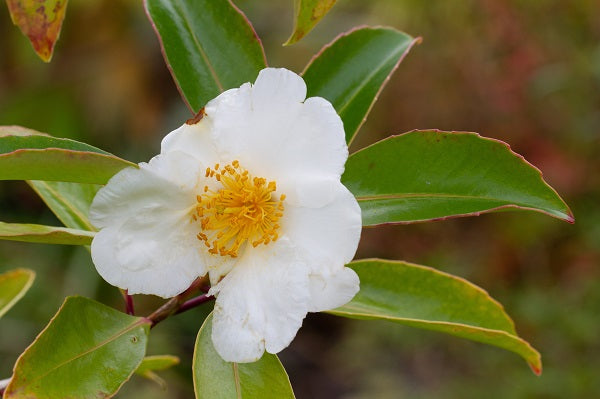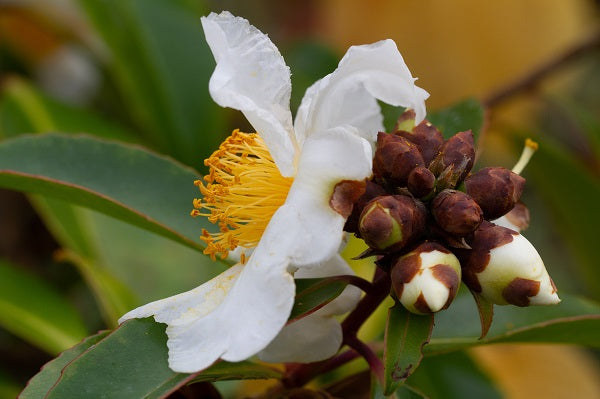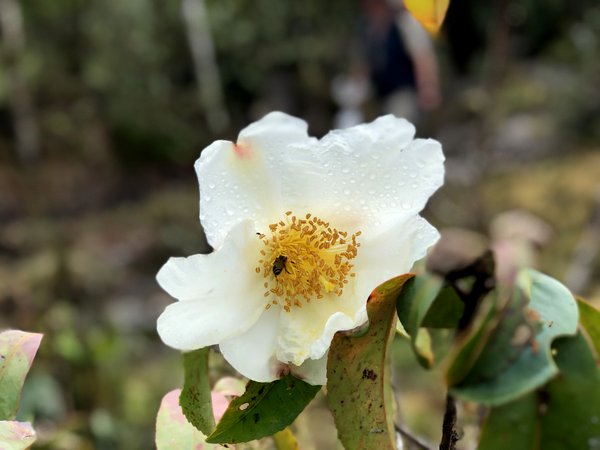Sort by:
1775 products
1775 products
Our collection of this verticillate (leaves in a spoke or whorled arrangement on stem) species from a chilly mountain summit at almost 11000'. Even at this elevation, there was still active grazing by domestic animals and tasty morsels like this were to be found only in the embrace of woody and unappealing shrubs like Berberis. Wreathed in gloomy and mysterious hill fog, the red fruit on this Polygonatum shone like baubles most desirous. A smaller species, upright 16"-24" tall and fairly sun tolerant if that is your only choice rather than the preferred part to light shade. Fresh divisions of healthy rhizomes.
Extremely rare tree in the Rosaceae from the Andes. John Grimshaw and Ross Bayton authored a fantastic book in 2010 "New Trees: Recent Introductions to Cultivation" in which the genus Polylepis was described sparingly as only one species, P. australis is grown and that to a very limited extent. The text discussed how more species need to be trialed as they have fantastic bark like the best Acer griseum and some species come from very high elevation and may have potential for hardiness in areas such as the West Coast and surely milder parts of the UK. Shortly after reading this we learned of a seed collecting expedition to the Andes and asked that they look for Polylepis for us and here is one of the results.
These are cutting-grown and will need to be protected from cold their first winter for sure. Excellent foliage which has been evergreen for us with superb sinuous trunk and branching structure which are thickly papered in sheets of exfoliating bark. Flowers are nothing - little colorless bits of dangling insignificance. We sound a little bitter because we have not quite gotten over our disappointment at the first flowering of our parent trees thinking that Rose Family would equate to a flower of some merit, but we had failed to closely read the botanical description referring to the "apetalous flowers" which means no petals. But really, flowers on a tree of this extraordinary character would be like putting whipped cream on your ice cream in which two excellent individual components are diminished in synergy. We think warm Zone 8 for this or perhaps careful siting in colder portions of this zone.
A plant of many names, 'Grandiceps', 'Grandiceps Group', 'Diane' here we have opted for crediting the original selector of this strongly crested form of our native licorice fern, Lawrence Crocker cofounder of Siskiyou Rare Plant Nursery and resident fern man. The edges and end of the fronds are highly curled and rippling ready to lend a flamboyant touch of crashing evergreen waves to the boulder or log of your choosing.
This is the Award of Garden Merit form of the species which has a superior presentation in its fronds which are blessed with a long terminal pinnae. And really, who doesn't want a long terminal pinnae? The typical species is a familiar sight growing on the trunks of our native Bigleaf Maples here in western Washington but this form is rare.
Another of the maybe mantoniaes, which is to say the hybridity is up for debate, as is the proper cultivar name (Bifido-multifidium and Bifido-cristatum are also in use), what isn’t up for debate is the really cool cresting on this Polypody with dichotomous branching at the frond apex as well as variably expressed splitting at the end of each pinnae creating a look like a row of bones. Makes me think of pirates every time I see it, and who couldn’t use more time out of their life thinking about pirates. It’s the pirate polypod life for me yarhar.
There is some debate over the hybridity of this cultivar (or cultivar group potentially) and we are pulled in differing directions by the prevalence of hybrid suspicions normally winning out and the relative rarity of true hybridization in most ferns. Regardless of whether it is a mutt or a purebred it is a fine variation on an already classic theme. Finely cut fronds with such regularity in shape that one could easily be forgiven for assuming it to be an unfamiliar species. Cultivar ferns can be a bit marmite but I think even the purists would find this acceptable if not outright agreeable. (It is entirely possible if not likely that the correct name for this plant is 'Cornubiense Foliosum', see Martin Rickard's book on Polypodium for a full idea of the complexities)
